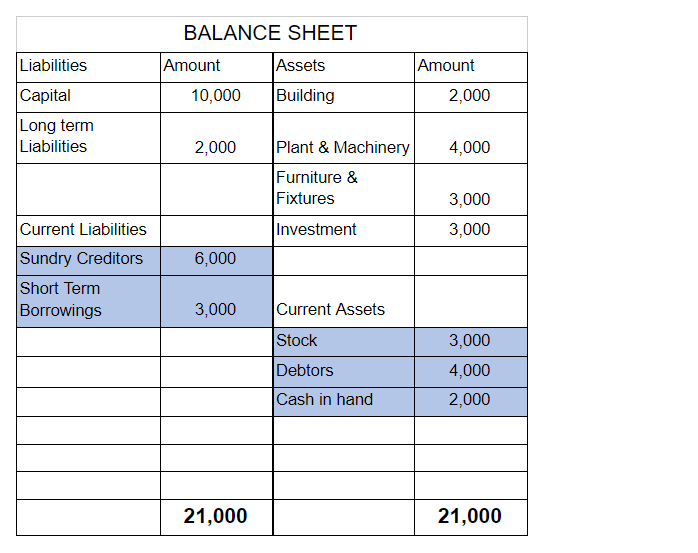When a firm grants an extra amount of reward to its employees based on their performance, it is termed a bonus. An accrued bonus is contingent on performance. Bonus accruals are recorded in the books so that inaccuracies can be avoided in the financial statements. Such bonuses may be given as a singRead more
When a firm grants an extra amount of reward to its employees based on their performance, it is termed a bonus. An accrued bonus is contingent on performance. Bonus accruals are recorded in the books so that inaccuracies can be avoided in the financial statements.
Such bonuses may be given as a single flare amount or as a percentage of their salaries. These bonuses can be given quarterly or annually or in any manner in which the firm decides.
If the bonus is accrued to its employees at 5% of their salary of Rs 30,000, then the accrual bonus can be shown in the journal as follows:
 The bonus expense account is debited because according to the modern rule of accounting “Increase in expense is debited”. Accrued bonus liability is credited because according to the rule of accounting, “Increase in liability is credited”.
The bonus expense account is debited because according to the modern rule of accounting “Increase in expense is debited”. Accrued bonus liability is credited because according to the rule of accounting, “Increase in liability is credited”.
When it is time to pay such bonus amounts to its employees, then they can be journalised as:

In this case, the accrued bonus liability is eliminated and hence debited because according to the rule of accounting, “ Decrease in liability is debited” whereas cash account is credited since “the decrease in the asset is credited.”:
Failing to accrue these bonuses will lead to an overstatement of revenues in the financial statements and hence result in inaccurate data. If employees do not meet the required performance targets, then a bonus will not be given and hence the entries will be reversed.
See less




When it is said that furniture is purchased for office use, it means it is an asset for the business and the journal entry for this event will be the following: Furniture A/c Dr. Amt To Cash/Bank / Vendor A/c Cr. Amt (Being furniture purchased for office use) Explanation of the journal as per the goRead more
When it is said that furniture is purchased for office use, it means it is an asset for the business and the journal entry for this event will be the following:
Explanation of the journal as per the golden rules of accounting
The furniture account is a real account because it represents a material asset and the golden rule for real accounts is “Debit what comes in, credit what goes out”. Hence, the furniture account is debited as it is increased. The cash and bank are also real accounts and they are debited because there is an outflow from cash or bank.
If the furniture is purchased on credit then the vendor account is credited. A vendor account represents a person and the golden rule for personal accounts is, “Debit the receiver, credit the giver”. It is credited as the furniture is given by the vendor.
Explanation of journal as per modern rules of accounting
The furniture account is an asset account hence it is debited as asset accounts are debited on increase. Cash and bank accounts are also assets accounts and they are credited as they are decreased on the purchase of furniture.
A vendor account is a liability account as there is an obligation to pay the vendor. It is credited as it is increased. Liability accounts are credited on the increase and vice versa.
When furniture is purchased for personal use
If the furniture is purchased for personal use and the payment is made or is to be made out of business, then the asset will not be recognised as an asset for the business and it will be recorded as a drawing. It will be deducted out of capital. The journal entry will be the following:
See less